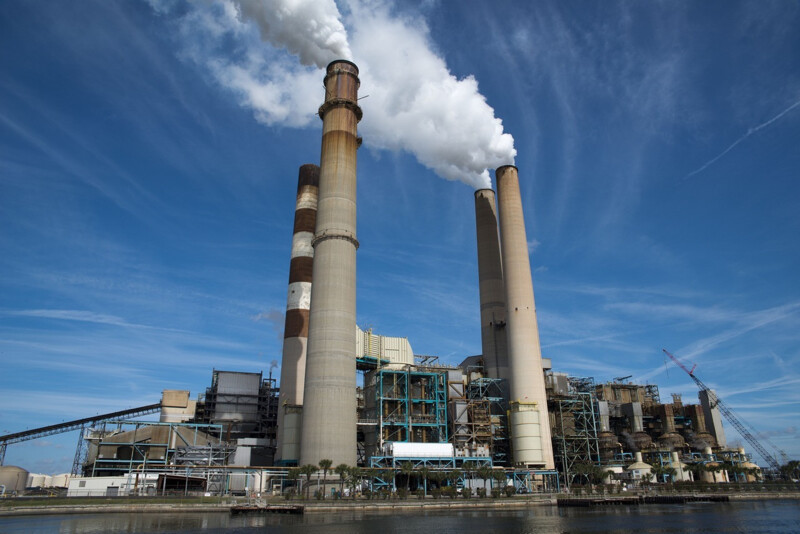La crise énergétique provoquée par la guerre russo-ukrainienne a bouleversé le marché européen de l’énergie. Après une flambée des prix ayant entraîné une baisse de la consommation, quelles ont été les autres conséquences de la crise ? Quels changements et transformations ont permis à l’Europe de traverser l’hiver en évitant le pire ?
Diminution de la consommation de gaz et d’électricité
Le gestionnaire du réseau de transport RTE a enregistré une baisse de la consommation d’électricité en France de 4,2 % en 2022 par rapport aux valeurs moyennes de la période 2014-2019. La consommation de gaz a quant à elle diminué de 9,3 % en 2022 par rapport à l’année précédente.
Seul bémol : cette baisse de la consommation de gaz, qui a atteint 11,5 % dans le secteur industriel, est partiellement liée à des arrêts de production imposés par la flambée des prix. Ces interruptions pourraient s’avérer coûteuses pour l’économie.
Quoiqu’il en soit, tout le monde a contribué à la baisse de la consommation énergétique en France, des ménages au secteur tertiaire, en passant par les industriels. Cette contribution collective à la sobriété énergétique a permis d’éviter les mesures de rationnement et les délestages.
Des stocks de gaz élevés
Les conditions climatiques favorables ont également contribué à la baisse de la consommation, qui a elle-même permis de conserver des stocks de gaz à un niveau historiquement élevé.
L’Europe a eu recours à des importations massives de gaz naturel liquéfié (GNL), et Storengy, la filiale d’Engie spécialisée dans le stockage du gaz, travaille à augmenter les capacités de stockage pour éviter tout risque de pénurie à l’avenir. Quant à l’électricité, EDF prévoit l’hiver prochain une plus grande disponibilité des centrales nucléaires pour une production plus importante.
En revanche, les réserves européennes de pétrole ont diminué, et leur reconstitution va contribuer à faire augmenter les prix.
Baisse des prix du gaz et de l’électricité
La reprise épidémique de Covid-19 en Chine et sa politique zéro Covid, bien qu’aujourd’hui assouplie, ont contribué à affaiblir son économie et à réduire sa demande de gaz. Le niveau élevé des réserves et la clémence des températures ont également participé à faire reculer le prix du gaz.
Alors que le TTF, l'indice néerlandais utilisé comme référence sur le marché européen, dépassait les 350 euros le MWh pour une livraison à un mois cet été, il est désormais passé sous la barre des 50 euros. Le prix de l’électricité baisse aussi : les prix de marché à terme pour 2023, qui avaient dépassé 1000 euros le MWh à la fin du mois d’août 2022, s’établissent désormais à environ 270 euros.
Toutefois, selon les spécialistes, ce recul des prix n’est pas synonyme d’un retour à la normale. En Europe, le prix du mégawattheure de gaz pourrait doubler entre le 1er et le 3e trimestre de cette année. Quant au baril de Brent, qui s’est établi depuis la fin 2022 à environ 80 dollars, il pourrait selon la banque américaine Goldman Sachs grimper jusqu’à 105 dollars fin 2023.
La transition énergétique menacée
La guerre en Ukraine et les difficultés d’approvisionnement en gaz ont contribué à un recours plus important au charbon. La production européenne d’électricité à base de charbon a ainsi augmenté de 7 % sur un an, une hausse qui reste raisonnable selon le think tank Ember, grâce à l’essor de la production issue des énergies renouvelables.
La situation est plus critique au Pakistan, qui prévoit de renoncer au gaz pour sa production d’électricité, et de multiplier par 4 sa capacité de production au charbon. L’explosion de la demande européenne de GNL a fait flamber les prix, empêchant le Pakistan de continuer à accéder à cette ressource. D’autres pays pourraient se retrouver dans la même situation.
L’Agence Internationale de l'énergie se veut toutefois rassurante : les menaces qui pèsent actuellement sur la transition énergétique devraient à l’avenir être compensées par la poursuite des investissements.
